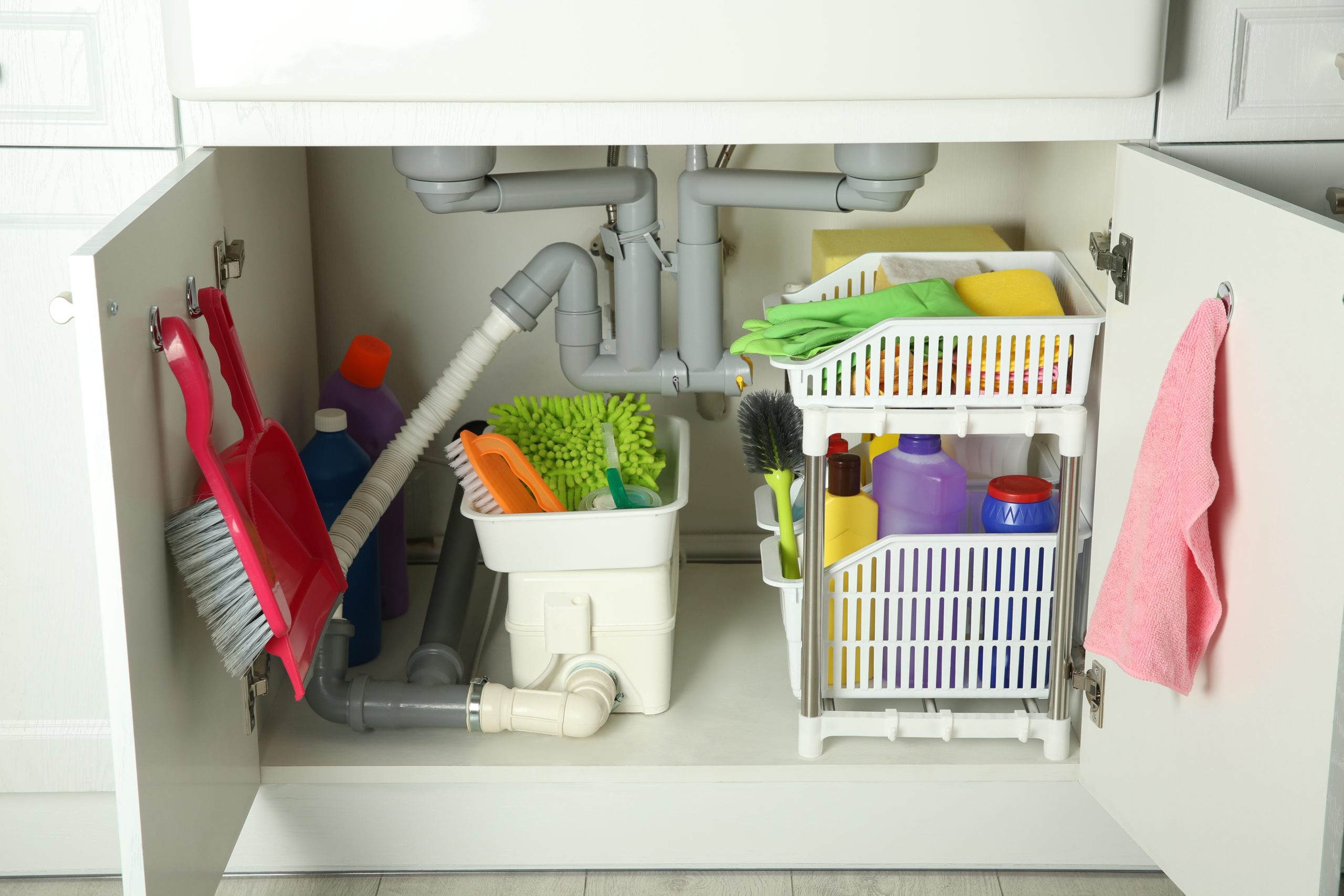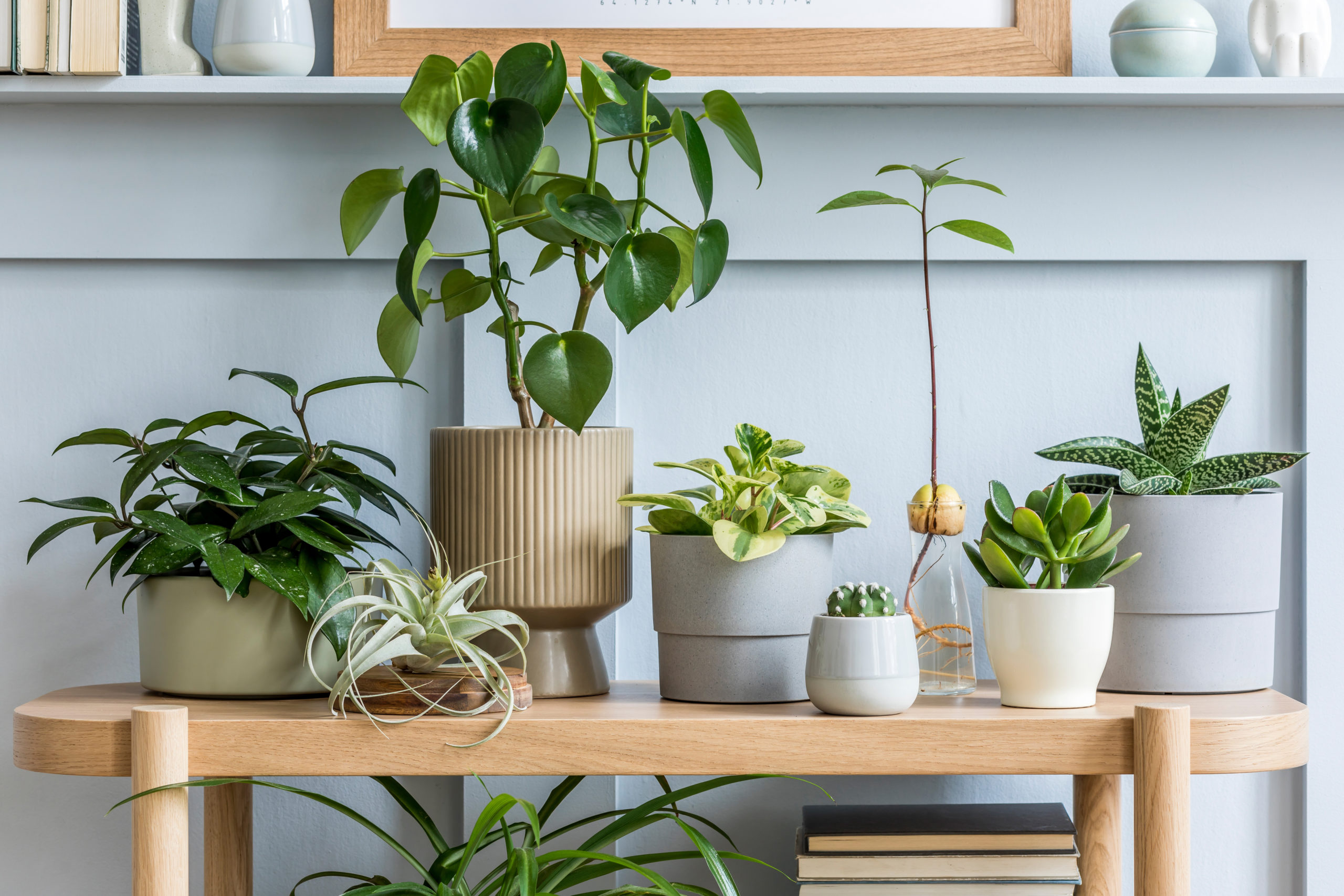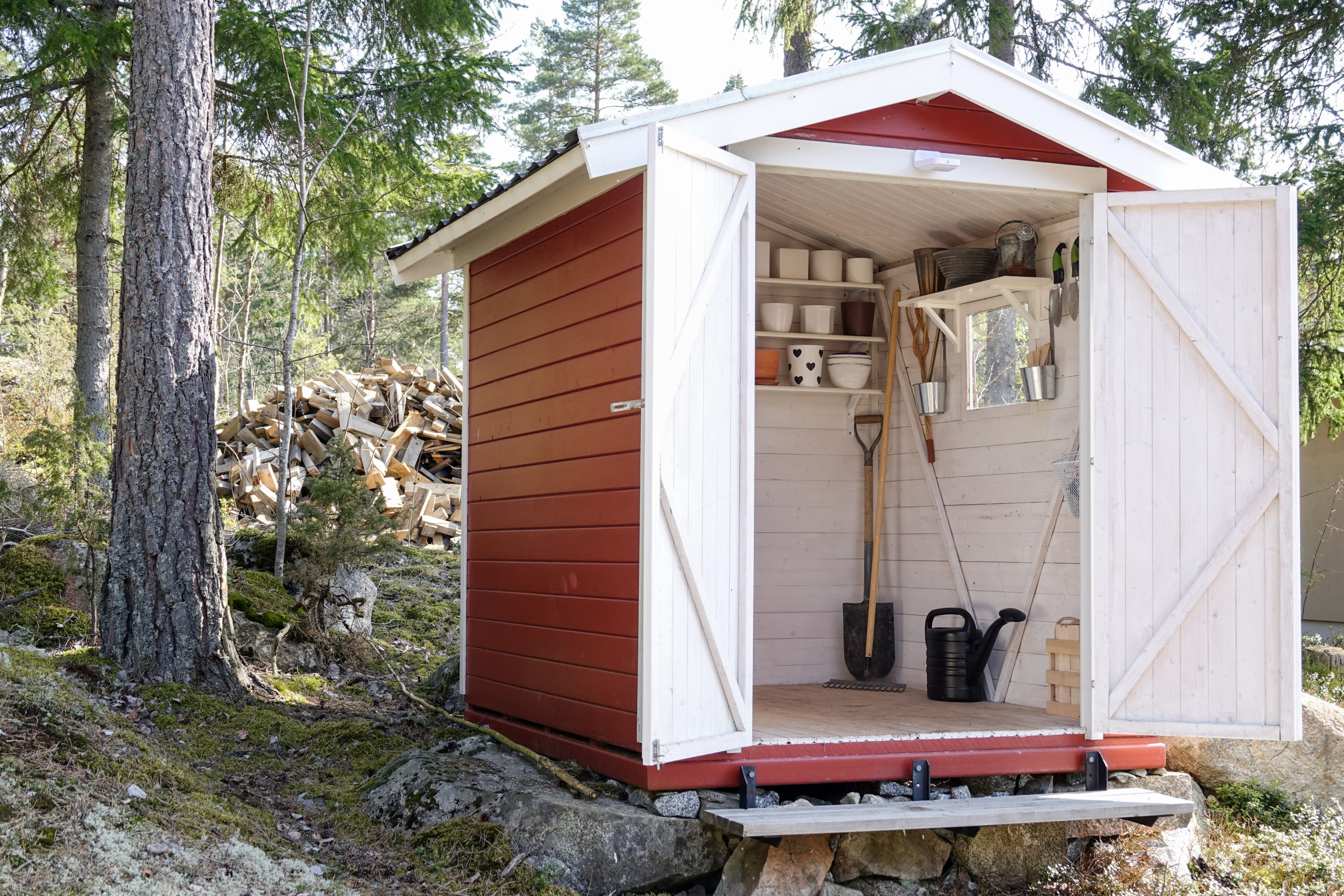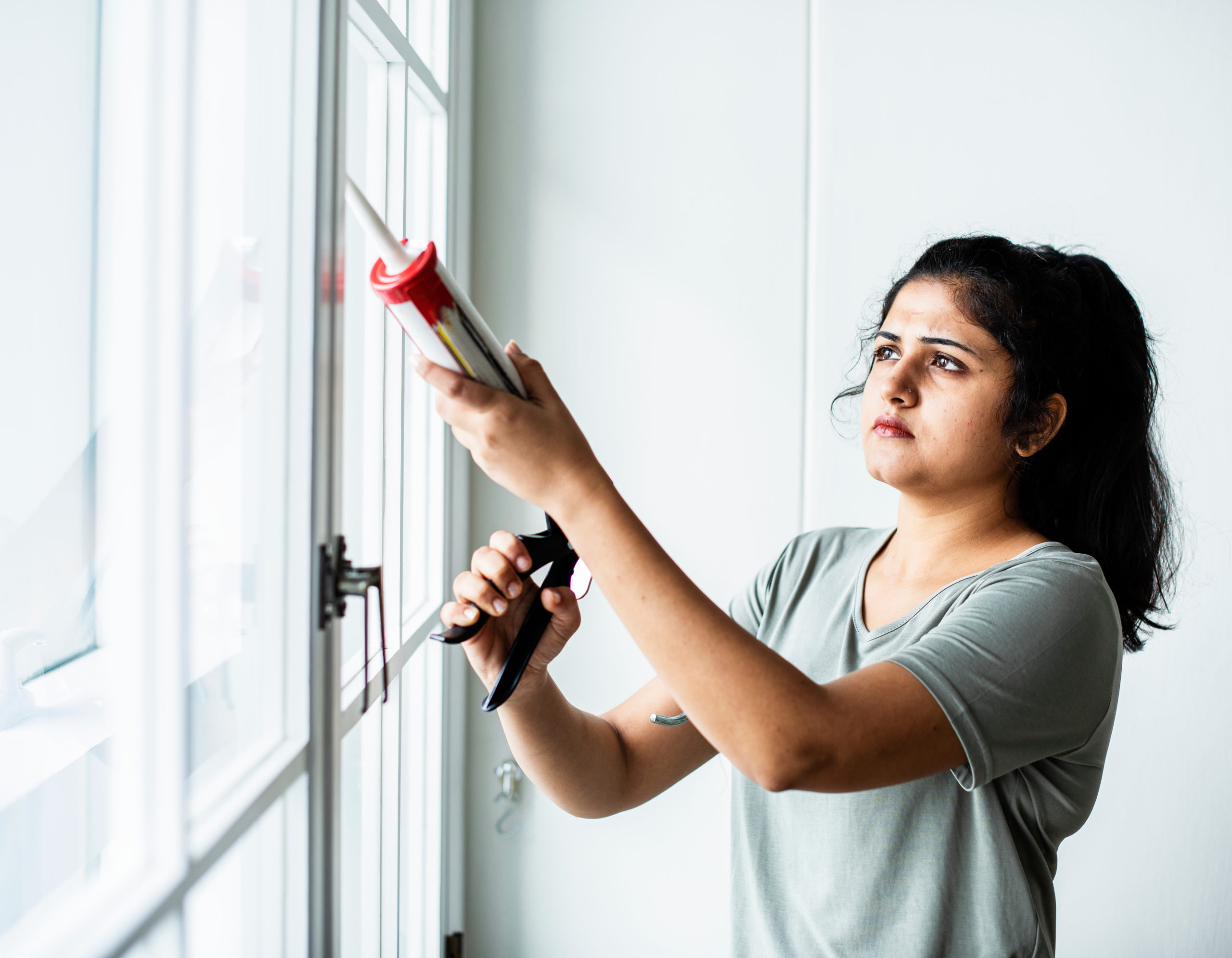8 Forgotten Places that Pests Invade
8 Forgotten Places that Pests Invade
We know that pests can come from anywhere and pest control helps to keep them at bay, no matter where they live. But sometimes we forget or overlook certain places in our own homes where pests can hide. A few insects scurrying across the kitchen floor are much easier to see and eradicate than a small colony of insects hiding in the back of the closet. When there is evidence of a pest invasion – droppings, shredded paper, skin castes – the next essential step is finding where these pests are coming from! There is not a guarantee for pests to be in these spaces, but there are definitely some lesser-known hiding places that pests use to survive as long as possible.
Under the Sink

Along with various cleaning supplies and trash bags, there could be some pests hiding out underneath the sink. The most popular one is the kitchen sink, but the cabinet underneath bathroom sinks have also been annoyingly utilized by pests. Some of the more frequent tenants are roaches, daddy longlegs, ants, and spiders. These kinds of pests like the under-sink space because it is isolated and close to food and water. Most pests want nothing to do with us and prefer to be in a small space that is not constantly disturbed by us or our pets. This cabinet is the perfect place for that, as we do not typically go under there until we need cleaning supplies or there is an annoying leak under the sink. Some pests, like ants, can use this cabinet as an entry point to the rest of the kitchen where there is more food than they can imagine. This is an even worse scenario, as a room full of pests is more difficult to handle than a cabinet.
To check for pests under the sink, move anything that is stored in there around. Any pests will immediately move with the disturbance. Be sure to check around the pipes and anything connected to the sink, as moisture-seeking pests will be around here as well. The best way to prevent these pests in the first place is to keep any supplies as organized as possible. Pests love clutter for the numerous hiding spots, so keeping bottles and cans arranged in containers or trays takes away these spots.
Around Appliances

We may think that big appliances set against the wall are safe from any kind of pest invasion, but they are actually just as vulnerable to pests as anything else. Roaches, ants, and spiders are some common pests found near appliances for various reasons. Food particles and moisture are major attractions as always, especially in the kitchen. But the warmth that some appliances throw off on the outside, like refrigerators, water heaters, and dryers, are very appealing to pests in the colder months. Some appliances have sizable gaps between them and the wall, which pests can use to hide and wait for us to leave before searching for food. Of course, where there are insects there are often spiders, which is a whole different problem.
It’s not necessary to move heavy appliances around and constantly look for any hidden pests (talk about a chore!), but it can help to clean the floors around the appliances often. Making sure appliances with doors like dishwashers, fridges, washers, and dryers are closed also ensures that pests won’t turn to the inside of the appliance for their next home. Also, cleaning crumbs from food appliances, such as toasters and air fryers, keeps that from being an attraction as well.
The Closet

The closet in any bedroom is an amalgamation of all kinds of things; it is typically used to hold clothes and shoes, but there are often shelves holding boxes of books, baby clothes, old toys, files, or abandoned craft projects. Closets are great for holding these items, but there is also a major risk for pest infestations if the objects are not shuffled every so often. With the organic materials often found in closets, the most frequent pest invaders include silverfish, clothing moths, dust mites, and carpet beetles. They all like organic fibers or cellulose, which can often be found in closet materials. Undisturbed clothes, cardboard boxes, papers, and shoes with dirt on them all have enticing qualities for the average pest.
Most closets are constantly shuffled and accessed anyway, what with putting clean laundry away and placing more things in storage on the top shelf. Doing a quick visual check when going in the closet should provide a peace-of-mind that there are not any random pests. Also, if your closet is carpeted, vacuuming the floor helps to rid the space of particles that would attract pests or even tiny pests themselves. Keeping any non-clothing items organized will prevent insects and rodents from hiding within the clutter. You don’t have to break out the label maker (unless that’s your thing), but keeping stored items in lidded containers and off the ground does wonders for preventing pests.
Dirty Laundry

As if it wasn’t enough to try and keep up with the ever-growing laundry pile, more problems can arise out of not completing the laundry for a while. A stagnant laundry pile is another area that pests can use as shelter when it seems to stay the same. Any pest can be drawn to this, but mice and rats in particular love to nest in dirty laundry. They favor fabrics and shredded paper for nest materials, as they can put them together into a round nest-shape that houses their large families. But if the laundry pile is large and undisturbed enough, they may just call this a home! Another draw of the laundry pile is any kind of residue or stain on the clothing. Pests like roaches and ants will enjoy the crumbs and sauce-stains that were left as a problem for another day. This can lead even more pests to the area when they sniff out the delectable food and stay for the warm shelter.
Don’t worry, you don’t have to do laundry every day to prevent pests. Even with the stains, it’s not so much about the cleanliness of the clothes as it is the big pile. Keeping the clothes in a hamper or basket, preferably with a lid, will greatly help this issue. If you can’t get to the laundry before it grows, make sure to at least shuffle the pile around and address any stains as often as possible. Besides the clothes-saving benefit of getting stains out immediately, it can prevent pests from enjoying your clothing more than you are.
The Attic

Houses with attics, no matter how big or small, have yet another pest risk to look out for. This can be a pest haven if the space isn’t checked often. Rodents, roaches, and spiders, along with some small wildlife, can live in the attic for an uncomfortable amount of time if they have enough food and water. Spiders are more so there for their favorite food of insects, but the other pests can cause serious damage to the house itself if left alone. There have been cases of damage to insulation, baseboards, walls, and even electrical wires done by pests, all of which can be potential health hazards. Plus, if you have any holiday decorations or childhood belongings stored up there, they are at risk of becoming a pest’s new home or food source, which is a very frustrating thing to find when venturing up there.
Good quality insulation should keep most pests out, so many attics aren’t in as much danger as the movies make it seem. But that does not mean they are impenetrable, especially if the space is not frequented by the residents of the home. If you know your attic has had pest issues in the past, it would be beneficial to check it out once in a while for any signs of a pest infestation. Also, check for any kind of rodent nests. Torn fabric and papery materials are a sign of rodents and their handmade nests. They can cause serious damage to the house (not to mention all of the health concerns) if left unchecked, so it is best to catch them before they get too comfortable.
Plants

We all know about garden pests and how insects can ruin a plant in a matter of days. But this can be a forgotten area for pest problems after the initial rush to keep them away in the spring and early summer. The truth is that plants can always be affected by pests, and some of them have frequent visitors. Spiders, caterpillars, slugs, spider mites, aphids, and grasshoppers all enjoy plants for various reasons. Most of them like to eat a part of the plant, but some are attracted to the plant-eaters themselves! If the plants are close enough to the house to touch the sides, pests can use them to access the inside of the home for even better shelter. Tiny pests like aphids and spider mites lay their eggs under the leaves, making for an awful surprise when you turn the leaf over.
One easy way to prevent pests from ruining your garden is by spraying the plants with water. It will hydrate the plants and spray away any tiny pests lingering on the leaves. But don’t water them too much, as mosquitoes can lay eggs in any level of excess moisture! There are also plenty of natural pest control solutions available at the store if you want to try tackling the problem yourself. If the leaves begin to show random holes or drooping despite being watered, it’s a sign that pests have made the garden into their vacation spot.
The Shed

A backyard shed is a great place to store yard equipment and extra chairs, but it can also be a mansion for a pest colony if they have enough time. Beetles and ants are some frequent shed-invaders, and spiders are often found there as well when they have enough insects to eat. If the items being stored in the shed are untouched for a long time, like yard care tools in the winter, pests will live near them for the shelter. Also, the dark corners and isolated nature are perfect for a pest colony that wants to peacefully invade someone’s space. The organic matter and plant debris are great food sources for all kinds of pests as well, especially for the pests that would normally get eaten the second they step out into the big scary world.
A shed is slightly similar to a closet in that both areas are storage for random items and can be untouched for a long time. Placing small ant traps and rodent traps in the corners can help with those specific pests. Also, dusting away spiderwebs gets rid of the spiders and any insects trapped in there. Moving the items around once in a while keeps them from being stagnant for long enough to house pests, and it also give you the opportunity to inspect the area for any insects or rodents.
Stacks of Boxes and Papers

This is the common denominator issue that we see in closets, sheds, garages, and attics alike. It’s one thing to keep all papers and random keepsakes in a tub or secure box, but it’s another issue when everything is just shoved in a space without any type of organization. Roaches, silverfish, and rodents are frequenters of paper products because they either use the paper materials for nests or enjoy the cellulose in paper for food. Cardboard also has cellulose, plus it is a great hiding spot for any kind of pest. These random materials don’t have to be strewn about to be potential pest havens, as just having a lot of clutter in one area can be a main pest attractor in general.
To eliminate this problem altogether, ditch the cardboard boxes in favor of plastic tubs. Not only do these fit together very well, they are also much more secure against pests, adverse weather, dirt, and moisture. There are all sizes of plastic tubs available, which is very helpful for organizing these things. But if you don’t want to make the total switch, just make sure to check the boxes and papers for any signs of pests once in a while. Documents can be ruined by droppings or holes, so it is best to avoid that scenario and try to catch the pests before they inflict any kind of damage.
Pest Prevention is Easier than You May Think!

We listed some specific prevention tips for each forgotten space, but there are also some general steps you can take to prevent pests as efficiently as possible. We talk about these tips often, but that’s because they are still some of the easiest ways to keep your home as free of pests as possible!
- Seal all cracks and holes in the house. Caulk is the easiest way to do this, and copper mesh can be utilized if the hole is too big for caulk alone. Inspect the house, both inside and out, for any kind of imperfections at least once a month or so.
- Fix any leaks in pipes and sinks. Pests love moisture, so this will greatly cut down on the number that invade. Check the cabinets under sinks to see if there are any puddles or drips that may have gone undetected.
- Seal all food properly before putting it away. This can be as involved as you want it to be. Zip-top bags, chip clips, snap-top containers, and plastic lidded containers are all great ways to keep food fresh and secure from pests. If you have a dog or cat, make sure to store their dry food effectively as well. You can either use smaller aesthetic containers if you care about how it looks, or a plastic lidded garbage can always works as well.
- Reduce clutter in the garage and other storage areas. It’s easy to throw a box of childhood mementos or holiday decorations in the corner and call it a day, but pests have a talent for finding hiding spots within clutter and untouched items. The best way to store things that won’t be accessed every day is to use plastic tubs with secure lids that are available at any big box store. Some even have wheels for easier transportation! Also, it helps to keep them off the ground if possible, as ground-dwelling pests normally use these to easily sneak in and ruin your belongings.
Besides these simple steps, the most effective way to prevent pests is to utilize pest control services. Experienced pest control technicians know all of the hiding spots of common pests, as well as the best ways to prevent or treat the pest problems at hand. Our treatments are eco-friendly and EPA-approved, meaning that they are effective against pests without using harmful chemicals that could impact your home or family. Contact us to learn more about how we can address your pest concerns and prevent any future pest problems from ruining your week!
Citations
17 secret places pests hide in your house and yard. (2018, April 12). The Active Times. Available at (Accessed on August 11, 2022).
Hartzer, C. (2020, March 19). Common pest hiding spots. World Grain.com. Available at https://www.world-grain.com/articles/13431-common-pest-hiding-spots (Accessed on August 11, 2022).
The forgotten rooms. (n.d.). Pest World. Retrieved August 11, 2022, from https://www.pestworld.org/news-hub/pest-articles/the-forgotten-rooms/
Where are bugs hiding in your home?. (2020, February 27). Maggie’s Farm. Available at https://maggiesfarmproducts.com/blogs/bug-help/where-are-bugs-hiding-in-your-home (Accessed on August 11, 2022).
Request a Free Quote Today
(We do not share your data with anybody, and only use it for its intended purpose)


